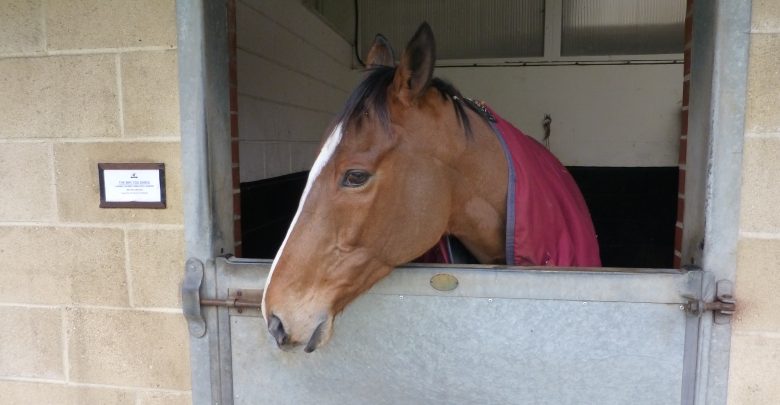
How many times do we see stories in the racing press relating to high profile horses missing a big race target due to a minor injury or niggle, and how often do we read about horses that will miss the rest of the season through injury? I am sure you will realise that this happens all the time, and these stories only relate to those horses that are deemed newsworthy. You can imagine how many horses at the lower levels are suffering from similar problems.
The “highs” that come from owning racehorses would just be “normals” if there were not some “lows” to compare them to and, for many owners, an injured horse is a low that hits them all too often, meaning that dealing with your horse being injured is all part of the ownership process.
Most trainers will want to let their owner know as soon as possible if their horse has an issue or injury, and it’s the telephone call we all dread, especially because at the early stages it is often impossible to estimate the severity of the problem, or how long it will take to resolve.
Often, in the case of an injury, identifying the specific problem is the first challenge. There are sometimes symptoms such as bleeding, swelling or heat in a joint, the horse being lame or perhaps not eating normally, but there are often several possible causes for symptoms. Obviously, a horse cannot tell the vet where it hurts, or how bad the pain is, so there is a high reliance on scans, x-rays, blood tests etc to get an accurate diagnosis – and these can take time.
Once the issue has been diagnosed, then the treatment process gets underway and this brings its own challenges. If you were told that you had a problem with your ankle and that you should not put any weight on to ensure it healed quickly, then I am sure that you would follow this advice, but sadly horses do not always pay close attention to such advice from their healthcare professionals! So recovery can be a much slower process.
Obviously, they can be helped through the use of medication and, if necessary, they can be kept in their box or have their exercise limited if this is likely to be beneficial. However, total control of a horse’s behaviour is impossible, and all too often they will do the opposite of what would be best for their healing process!
The final stage of injury recovery is getting the horse back into training, and again their inability to tell us how they are feeling comes into play. The vets are placed in the impossible position of having to judge how well the horse has recovered, and what training workload they are likely to be able to bear without exacerbating the injury.
Most owners have a lot of affection for their horses, and whilst they still have to pay the bills during the period that the horse is injured, their hopes to get their horse back to full fitness are rarely financially motivated.
So next time, you see a bunch of owners going crazy as their horse performs well in a Class 6 race on a cold wet afternoon, don’t begrudge them their moment. They may have just got through a long period of injury for their pride and joy, and they are just having one of the highs that make the lows all worthwhile!
I hope you enjoyed this insight. If you want to find out more about racehorse ownership or the BG Racing Horses, then head over to my website www.bgracingsyndicates.co.uk . On the homepage, there is a link to download my free racehorse ownership guide, or you can sign-up for monthly newsletters. If you have any specific questions, I would also be happy to respond to them, just drop me a note via the website contact page.